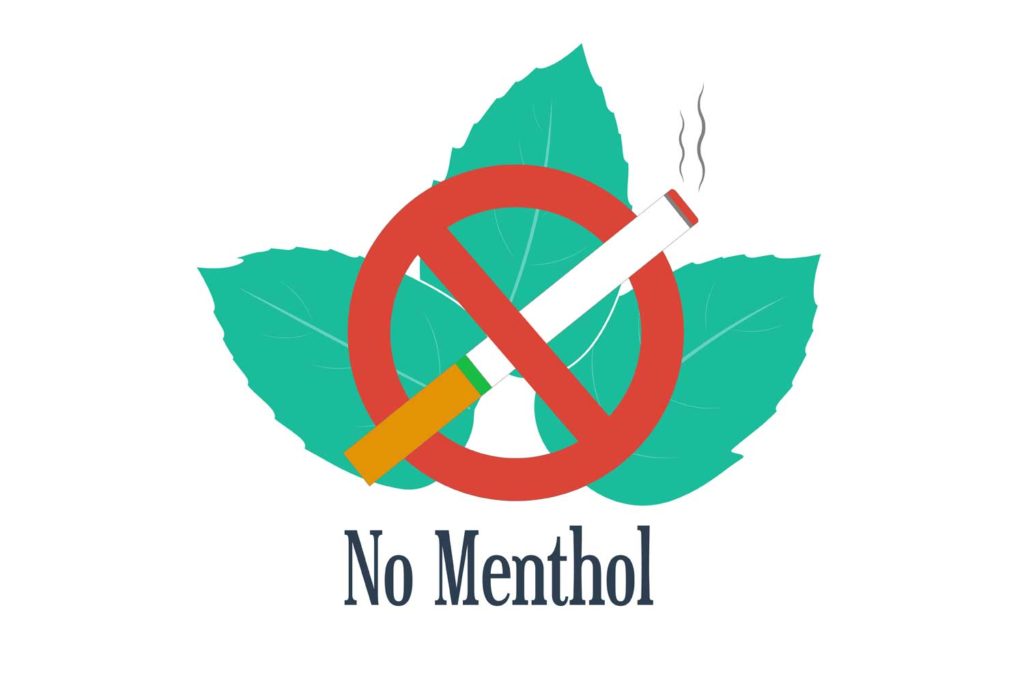
Multinational tobacco manufacturers have not stopped their operations in Russia but have done so in Ukraine.
In the wake of Russia’s invasion of Ukraine and the stance taken by companies such as Apple and Stora Enso in halting sales in Russia, Tobacco Reporter asked the multinationals whether they had stopped sales of their products in Russia or when, if ever, they intended to do so. They were further asked why they had not stopped sales, given that this was the case.
“Our priority is our employees, and we are taking the necessary measures to ensure their safety,” said a spokesperson for Japan Tobacco International. “Our operations in Russia are fully functional and we have contingency plans in place to ensure business continuity if the situation were to change. As a responsible international company, we are fully committed to complying with all applicable national and international sanctions.
“We are closely monitoring the situation and cannot comment any further.”
Meanwhile, a spokesperson for Imperial Brands said: “We are monitoring the situation in both Ukraine and Russia very closely. Our prime concern remains for the welfare of our people in Ukraine, where we have suspended our operations for safety reasons. We will continue to update our plans as necessary.”
And a spokesperson for British American Tobacco said: “We are deeply concerned about the conflict in Ukraine. The safety and wellbeing of our people in Ukraine and across the region is our first priority.
“We have suspended all business and manufacturing operations in Ukraine and are providing all the assistance we can to our colleagues, including relocation and temporary accommodation.
“In Russia, our wholly owned subsidiary has been in operation for more than 30 years. BAT always complies with relevant regulation and legislation wherever we operate, and we are aligned with all international sanctions.’
“We continue to closely monitor the situation as it evolves.”
Philip Morris International had not responded by the deadline.
























